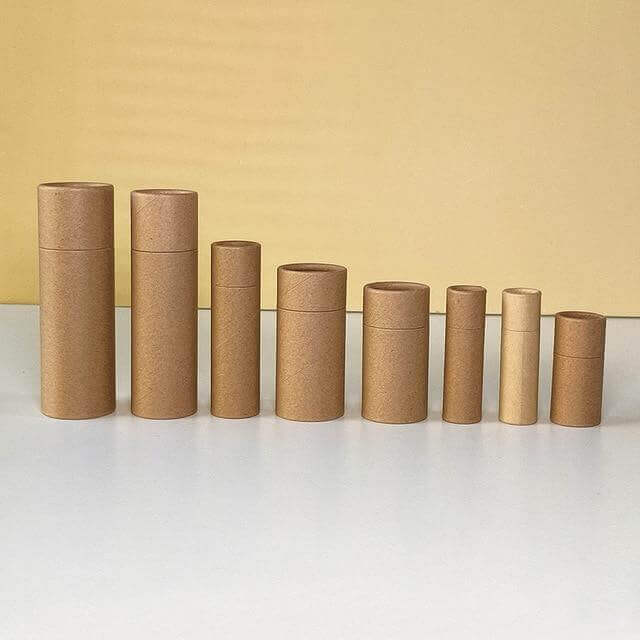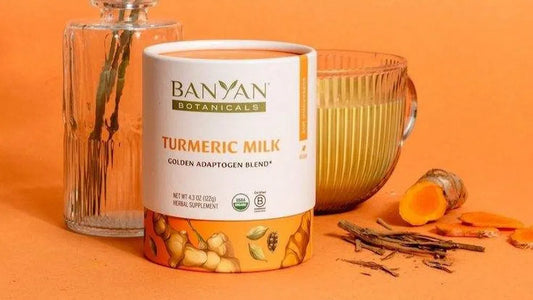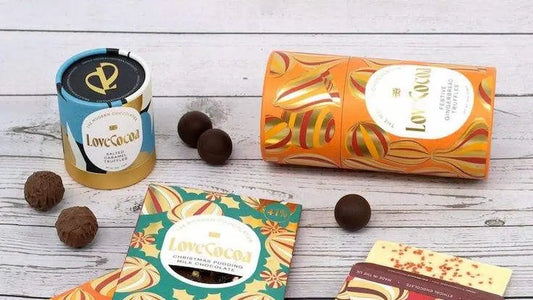Explore Sustainable Food Packaging Solutions
Share
In the nowadays, packaging plays a crucial role in protecting, preserving, and presenting products to consumers. With evolving consumer preferences and market dynamics, the demand for innovative solutions in food packaging has become increasingly evident. This blog will explore the latest trends, designs, and solutions that are revolutionizing the food packaging industry.
What is Food Packaging made of?
The composition of food packaging varies widely, with materials selected based on their specific characteristics and suitability for different types of food products. Key materials include:
- Plastics: PET, HDPE, PVC, LDPE, PP, and PS are widely used due to their versatility, durability, and cost-effectiveness. However, they pose significant environmental challenges due to their non-biodegradable nature.
- Paper and Cardboard: These materials are popular for their recyclability and biodegradability. They are often used for packaging dry goods, cereals, and snacks.
- Glass: Known for its inertness and ability to preserve food quality, glass is used for products like sauces, beverages, and baby food.
- Metal: Aluminum and steel are used for cans and foil packaging, providing excellent barrier properties against light, oxygen, and moisture.
- Biodegradable Materials: PLA (polylactic acid) and other plant-based plastics are gaining traction as eco-friendly alternatives.
What is the Most Sustainable Food Packaging?
Market offers a variety of sustainable food packaging options, each with its own merits. However, among these alternatives, paper packaging stands out as a leading contender for several compelling reasons.
Paper packaging is widely recognized for its exceptional sustainability credentials. Derived from renewable wood fibers, paper is inherently biodegradable and recyclable. This means that after fulfilling its primary role of protecting food products, paper packaging can be easily reintegrated into the recycling stream, reducing environmental impact and waste accumulation.
In addition to its eco-friendly attributes, paper packaging maintains high standards of quality and functionality. It provides robust protection for a wide range of food items, ensuring freshness and integrity during storage and transit. Whether used for dry goods, snacks, or even liquids with appropriate coatings, paper packaging demonstrates versatility without compromising on performance.
Another significant advantage of paper packaging is its affordability. Compared to some alternative materials, paper is cost-effective to produce, making it a practical choice for businesses aiming to balance sustainability with economic considerations. This affordability extends to consumers as well, contributing to accessible pricing for packaged goods while aligning with environmentally conscious consumer preferences.
Moreover, the production process for paper packaging consumes less energy and generates fewer greenhouse gas emissions compared to many plastics and metals. This further enhances its sustainability profile, making paper packaging a responsible choice for businesses committed to reducing their carbon footprint.
Types of Paper Food Packaging Solutions
Paper, known for its versatility and sustainability, offers various types of packaging solutions tailored for food products. These solutions cater to different needs ranging from dry goods to liquids, ensuring both practicality and environmental responsibility.
- Greaseproof Paper: Ideal for wrapping greasy or oily foods such as sandwiches, burgers, and pastries, greaseproof paper is treated to resist oil and moisture penetration while keeping the food fresh and hygienic.
- Baking Paper: Also known as parchment paper, it is widely used in baking to prevent sticking and simplify cleanup. Baking paper is heat-resistant and non-stick, making it suitable for lining trays, pans, and wrapping baked goods.
- Paperboard Food Trays: These are commonly used for serving and packaging meals like fast food, takeaways, and ready-to-eat snacks. They provide a sturdy base for holding food items securely and are often made from recycled paperboard.
- Paper Cups and Bowls: Used for serving hot and cold beverages, soups, and desserts, paper cups and bowls are coated with a thin layer of polyethylene to provide a barrier against liquids and maintain temperature stability.
- Paper Tube Packaging: paper tube packaging has gained popularity due to its eco-friendly properties and aesthetic appeal. Paper tubes can be customized in size and shape to fit various food products, offering protection while showcasing branding and product information effectively.
Food Packaging Manufacturers
Choosing the right food packaging manufacturer is not just about finding a supplier; it's about forging a partnership that aligns with your business's values and goals. Esytube exemplifies this ethos as a leader in the food packaging industry, renowned for their dedication to quality, innovation, and sustainability.
Esytube specializes in crafting high-quality paper tube solutions that cater to diverse packaging needs across the food industry. Whether it's for dry goods, snacks, confectionery, or even cosmetics and pharmaceuticals, Esytube offers customizable packaging options that prioritize both functionality and environmental responsibility.
How Does Food Packaging Affect the Environment?
Food packaging plays a significant role in environmental impact throughout its lifecycle, from production to disposal. The choice of materials and manufacturing processes directly influences factors such as resource depletion, energy consumption, and waste generation. Traditional packaging materials like plastic contribute to environmental degradation due to their non-biodegradable nature and persistence in ecosystems. Plastic packaging, especially single-use items like bottles and bags, can end up in oceans and landfills, posing hazards to wildlife and ecosystems.
In contrast, sustainable packaging materials such as paper, cardboard, and biodegradable plastics offer more eco-friendly alternatives. These materials are often derived from renewable resources, biodegrade naturally, and can be recycled or composted, reducing landfill waste and conserving resources.
Additionally, the energy and resources required for packaging production, transportation, and disposal also impact the environment. Sustainable practices such as using renewable energy sources in production and optimizing packaging design to minimize material use can further mitigate environmental impact. Businesses and consumers alike play a crucial role in reducing the environmental footprint of food packaging by choosing sustainable options, supporting recycling initiatives, and advocating for policies that promote eco-friendly packaging practices. By adopting these practices, we can collectively work towards a more sustainable future.
The Future of Food Packaging
The evolution of food packaging towards sustainability and innovation is pivotal in addressing environmental concerns while meeting consumer demands for quality and functionality. Materials like paper, with their recyclability and biodegradability, exemplify a shift towards eco-friendly practices in the packaging industry. Esytube's commitment to crafting high-quality paper tube solutions underscores their leadership in sustainable packaging, offering businesses a reliable partner to navigate these advancements. By embracing sustainable packaging solutions and advocating for responsible practices, stakeholders can contribute to a greener future, where packaging supports both product integrity and environmental stewardship.




